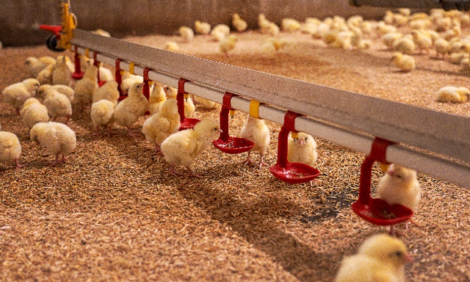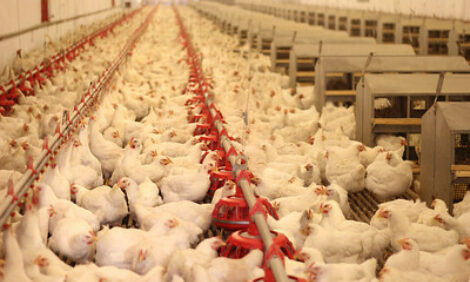



Full Length Genomes of ILTV Strains and Live Attenuated Vaccines: Rationale for the Design of Recombinant ILTV Vaccines
Researchers in Georgia, US, have identified several genetic changes as potential virulence factors of infectious laryngotracheitis virus (ILTV), information that will aid the development of better vaccines in future.There is an urgent need for an improved vaccine to protect chickens against infectious laryngotracheitis (ILT), a disease caused by a herpesvirus called ILTV, according to the authors of a study sponsored by the US Poultry & Egg Association.
Dr Maricarmen Garcia of the University of Georgia and Dr Stephen Spatz of the USDA Southeast Poultry Research Laboratory - both located in Athens, Georgia, US - explain that currently available live vaccines are produced in either chicken embryos (CEO vaccine) or in tissue culture (TCO vaccine). Adaptation of the virus to grow in these systems attenuates the virus so that it can be used as a vaccine.
Unfortunately, the vaccines have the potential to regain their original virulence if the vaccine virus spreads from chicken to chicken. The genetic differences between the vaccine viruses and their parent strains, which provide the mild attenuated characteristics of the vaccine, have never been established. If these differences could be established, a strategy could be developed to design vaccines which are stably attenuated and that have significantly less likelihood of regaining their original virulence.
In their study, the full length genomes of the CEO vaccine and the TCO vaccine were determined. These were compared to the full length genomes of the vaccine viruses after they were passed in chickens once and 20 times.
The data were analysed to find the genetic changes that occurred as the vaccine viruses were passed in chickens and allowed to regain virulence.
Several genetic changes were identified as potential virulence factors of ILTV. These gene sequences may be used as potential targets for deletion in the creation of future vaccines.
As part of this study, one of these gene sequences was deleted from a virulent ILTV strain and the virulence of the strain was attenuated as predicted.
Garcia and Spatz commented that understanding the genetic variation that exists between vaccine and virulent strains of ILTV facilitated the identification of genes encoding virulence factors and will allow for the genetic engineering of vaccines that are safe, stable and effective.
Further ReadingFind out more information on infectious laryngotracheitis (ILT) by clicking here. |
March 2013








